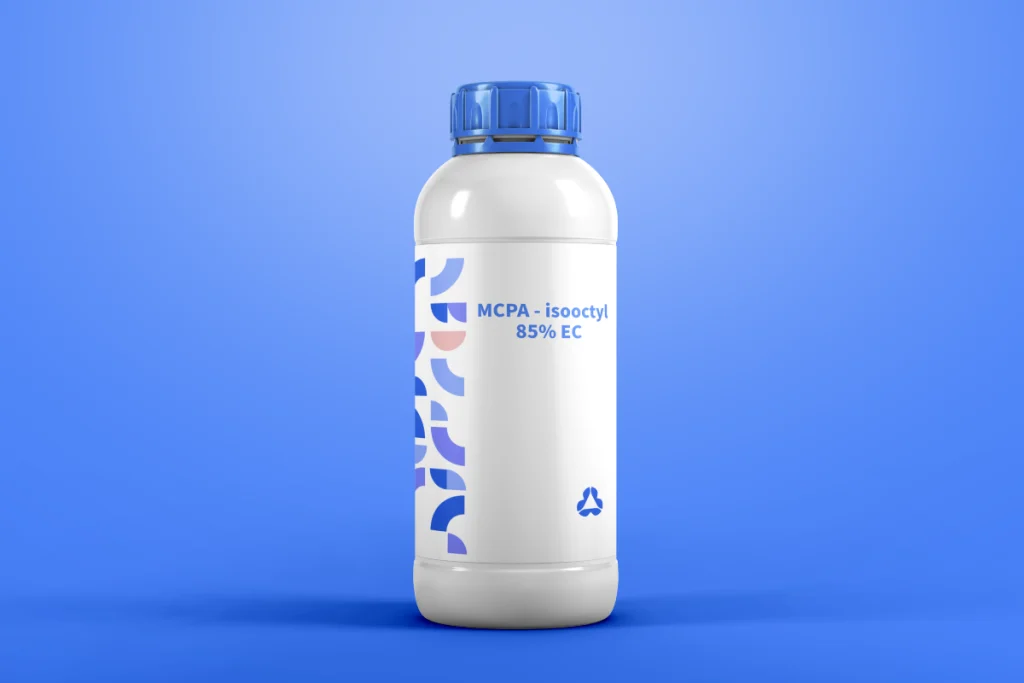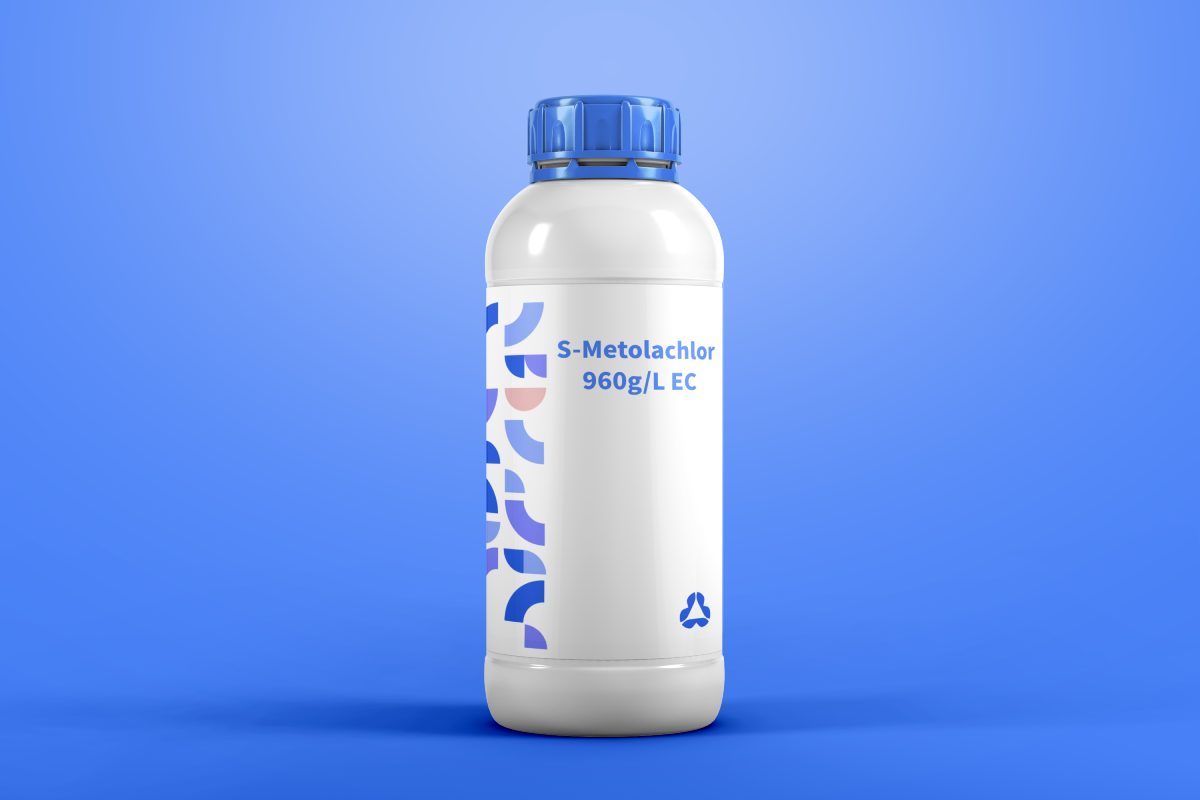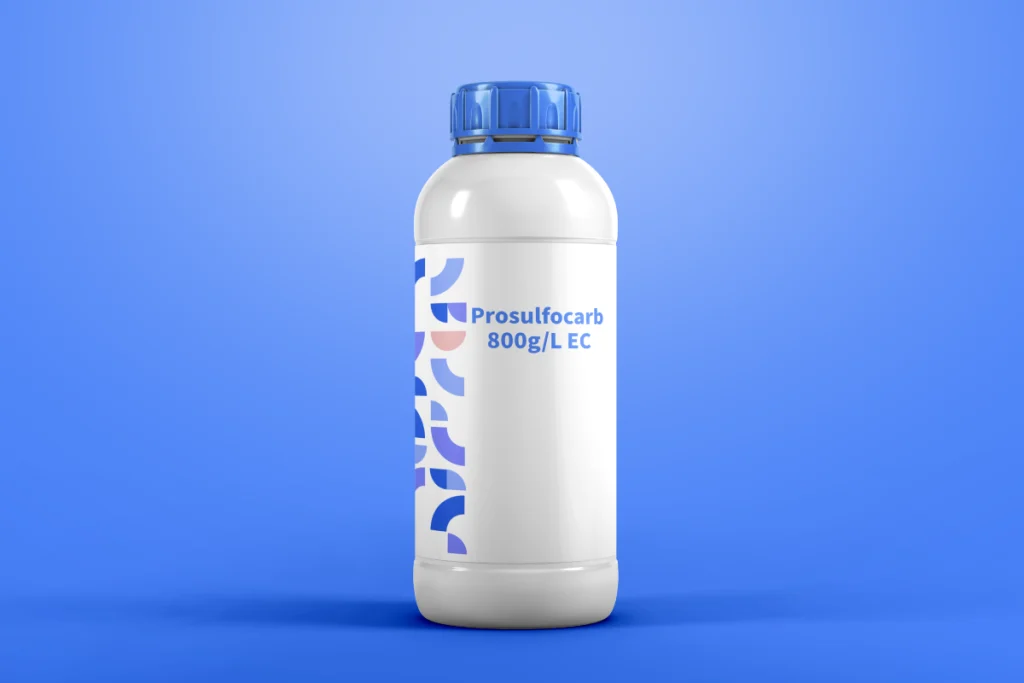S-Metolachlor is a selective, pre-emergence herbicide from the chloroacetanilide family, engineered to control annual grasses and broadleaf weeds in major crops like soybeans, corn, cotton, and vegetables. As the active stereoisomer of metolachlor, it delivers superior efficacy at lower application rates, reducing environmental impact while maintaining robust residual control. Ideal for pre-plant or pre-emergence applications, S-Metolachlor is trusted by growers worldwide for its reliability in diverse cropping systems.

MCPA – isooctyl 85% EC: High – Performance Selective Herbicide
MCPA – isooctyl 85% EC (Emulsifiable Concentrate) is a highly effective selective herbicide. With 850 grams of the active ingredient MCPA – isooctyl per liter



